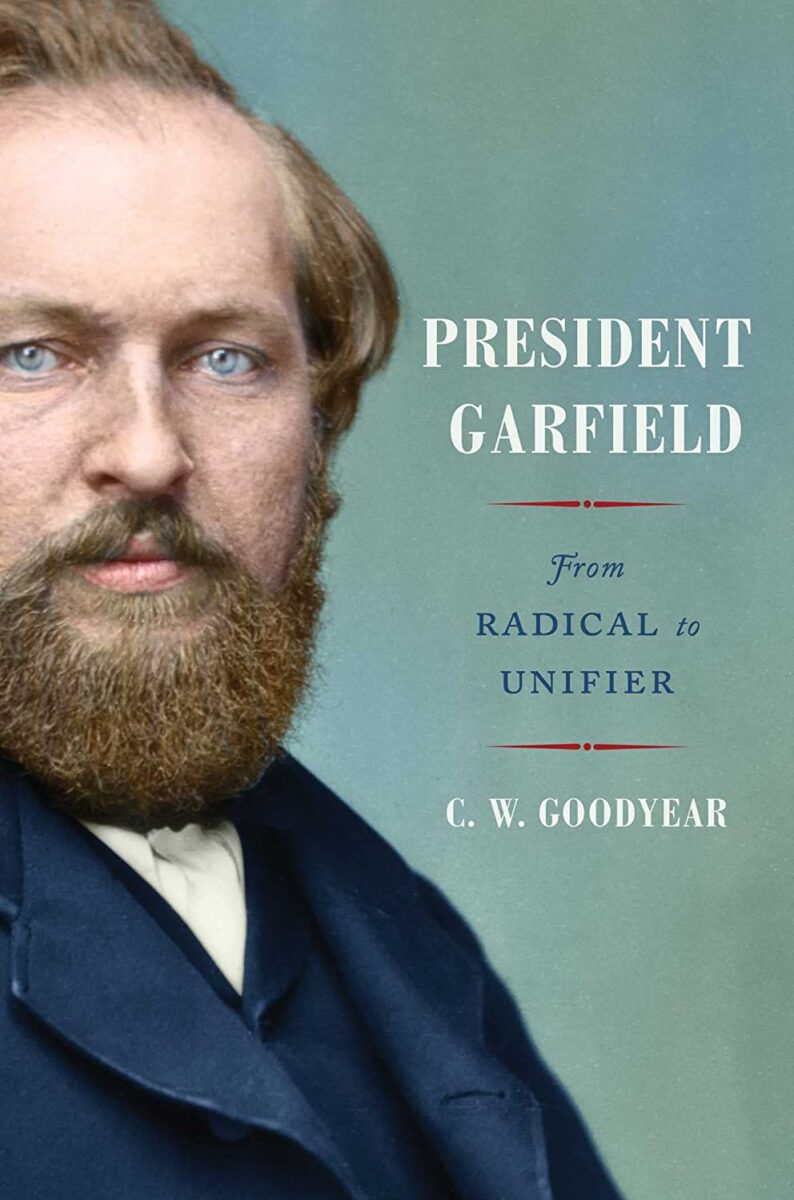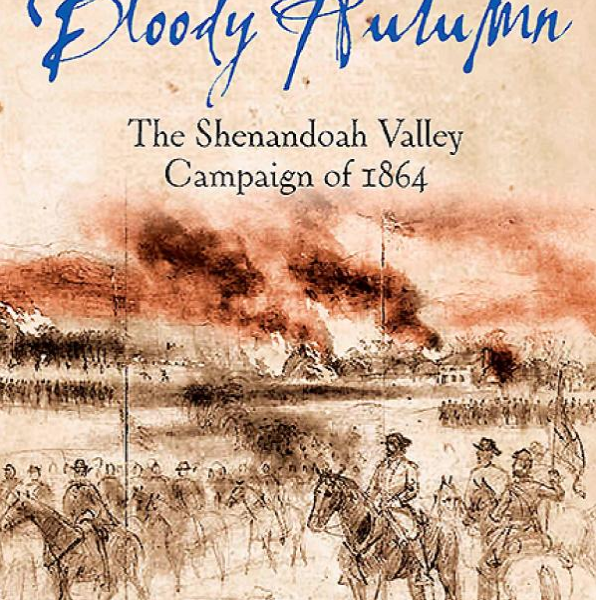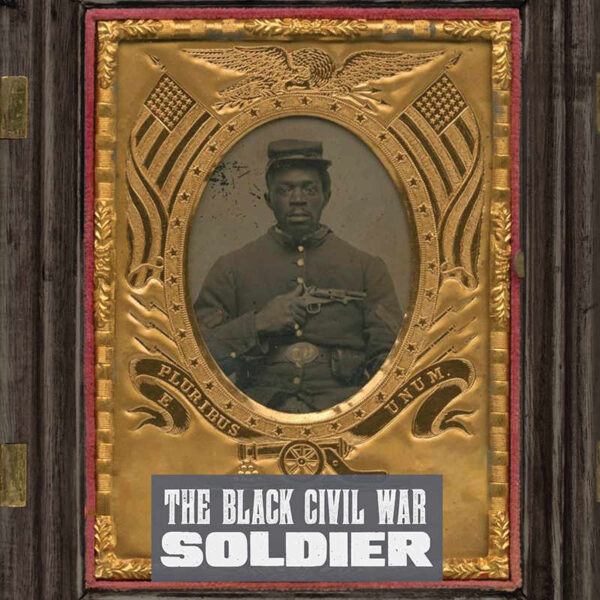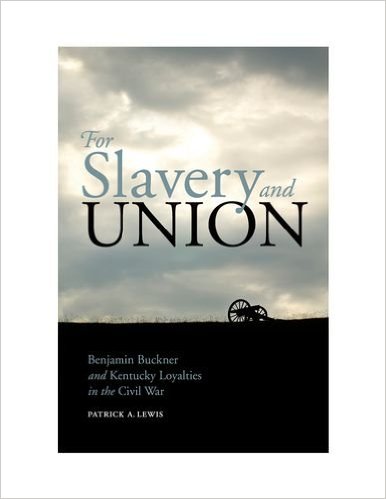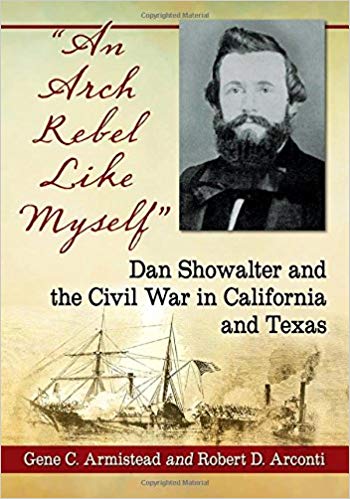He was the first front porch campaigner and the last president born in a log cabin. After eking by former Union general Winfield Scott Hancock with the closest popular vote margin in U.S. history, the third Ohioan in a row elected to the nation’s highest office served the second shortest term. Trivia seems to attach to our twentieth president, which is somehow fitting: James A. Garfield’s tenure in office—a mere 199 days—is often regarded as trivial. For many Americans, Garfield is just one more face in that obscure gallery of presidents who marked time during the Gilded Age. If it registers at all, Garfield’s murder at the hands of an unhinged office-seeker is just one more a cautionary tale about the perils of untamed patronage politics. Garfield’s is that rare presidency we write about in the conditional tense.
C.W. Goodyear is determined to give Garfield a fresh look—and his fullest evaluation since the publication of the late Allan Peskin’s cradle to grave biography more than four decades ago. The author is a prose stylist whose writerly verve animates almost every paragraph. Goodyear delivers a spellbinding account that reanimates the promise and betrayals of Reconstruction, the political intrigue of the Gilded Age, and the long, national vigil of 1881—the latter conducted by a people who whipsawed between hope and heartbreak, still haunted by memories of Lincoln’s murder. The author places readers in the moment, sometimes lapsing into the present tense. He supplies a ring-side seat to the brutal, intraparty feud between the Stalwarts and Half-Breeds; invites readers to join the teeming crowd on Garfield’s blustery inauguration day; and captures without melodrama the scene at the dying president’s bedside on the New Jersey coast, as “waves crashed rhythmically under an ink-black sky” (480).
Readers of this magazine, of course, will devour the sixty or so pages devoted to Garfield’s military exploits in the Civil War. As can be expected in a book of this ambition, Goodyear is necessarily short on tactical details. Yet he more than makes up for it with his knack for narrative description.
Garfield’s Civil War was both consequential and emblematic of the Union war effort. Driving into eastern Kentucky during the war’s gloomy first winter, Garfield and his 42nd Ohio supplied reassuring headlines for victory-starved northerners. Later, on the siege lines coiled around Corinth, Garfield contemplated what he had understood from the outset: this was a war about slavery. “I can see nothing before us but a long and sanguinary war,” Garfield told his wife the day Fort Sumter capitulated to the rebels ringing Charleston harbor.
In January 1863, Garfield went to work as chief of staff for Major General William Rosecrans, whose Army of the Cumberland had just notched a sanguinary victory at Murfreesboro. But Garfield’s initial appraisal of Rosecrans as an eager, uncompromising commander proved wildly off-mark; Old Rosy squandered plenty of time and momentum that spring, even as signs of forward progress began to manifest in other important theaters.
When Rosecrans finally moved, his force turned in a creditable performance in the Tullahoma Campaign. Yet all was forgotten when the general blundered into a cleverly laid Confederate trap at Chickamauga in late September. If the costly battle indelibly tarnished Rosecrans’s reputation, it “won terrific plaudits” for Garfield, who soon exchanged the front lines for a seat in Congress representing Ohio’s storied Western Reserve. Garfield rose from berths on important committees to the office of minority leader—and even scored an appointment to the U.S. Senate prior to his dark horse presidential nomination.
Goodyear writes admiringly of Garfield, understandably taken by his subject’s formidable intellect, omnivorous reading habits, and ready supply of Shakespearean allusions (the latter, mined from Garfield’s voluminous diary, are sprinkled throughout the book as epigraphs). Yet this historical empathy never gets in the way of a discerning assessment of Garfield’s personal and professional shortcomings. “Garfield,” the author writes, not only “witnessed” but “embodied” the “entire of arc of Reconstruction firsthand.” By 1879, the national imperative of sectional reconciliation ensured that Garfield, once an outspoken advocate of racial equality, “had been mostly reduced to defending Black rights in print” (397). This interpretation merits notice, for it is somewhat at odds with recent, more congratulatory treatments of Garfield’s presidency.
Goodyear does not engage in heavy-handed moralizing about our own times, despite the way the politics of the late-19th century rhymes with recent events. Instead, he draws a deft portrait, rooted in historical context and tinted with human color.
With C.W. Goodyear’s impressive debut, readers will come to appreciate the consequential life of a president who ought to be known for something other than his tragic death.
Brian Matthew Jordan is Associate Professor of Civil War History and Chairperson of the History Department at Sam Houston State University. A Pulitzer Prize finalist, he is the author or editor of five books, including, most recently, Final Resting Places: Reflections on the Meaning of Civil War Graves (with Jonathan W. White).
